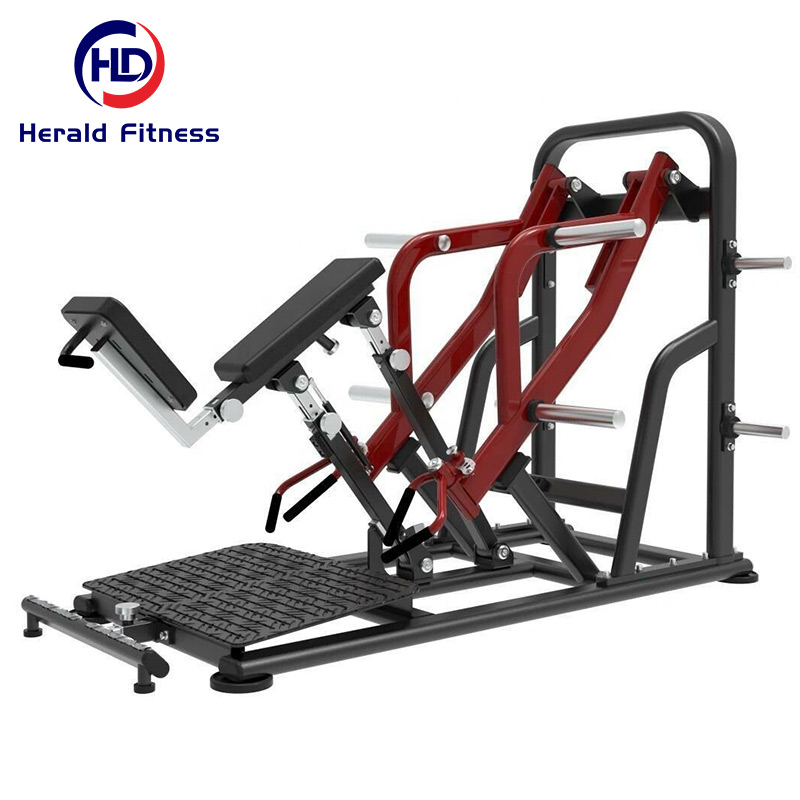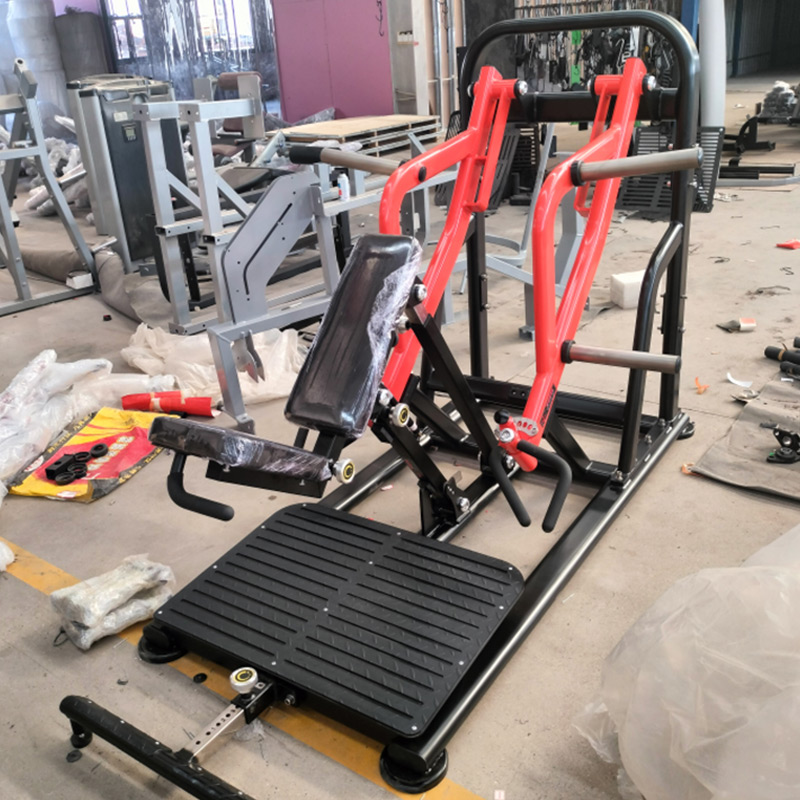The bent-over row is a compound exercise that primarily targets the muscles of the upper back, including the latissimus dorsi, rhomboids, and middle trapezius. It also engages the biceps, rear deltoids, and core muscles for stabilization. This exercise is popular among weightlifters, bodybuilders, and athletes for building upper body strength and improving posture.
Equipment Needed:
- Barbell or Dumbbells: Used to provide resistance during the exercise.
- Weight Plates: If using a barbell, weight plates are added to increase resistance.
- Bench: Optionally used for support by leaning on it with one knee and hand.
Muscles Targeted:
- Latissimus Dorsi: The largest muscles of the back responsible for shoulder extension and adduction.
- Rhomboids: Muscles between the shoulder blades that retract the scapulae.
- Trapezius: Both the middle and lower fibers are engaged to stabilize the shoulder blades.
- Biceps: Act as secondary muscles during the pulling motion.
- Forearms and Grip: Strengthened through gripping the bar or dumbbells.
Technique:
- Starting Position:
- Stand with your feet shoulder-width apart, knees slightly bent.
- Hold a barbell or dumbbells with an overhand grip (palms facing down).
- Bend at your hips and lean your torso forward to about a 45-degree angle, keeping your back straight and core engaged.
- Execution:
- Pull the barbell or dumbbells towards your lower chest by bending your elbows and squeezing your shoulder blades together.
- Keep your elbows close to your body and focus on using your back muscles to perform the movement.
- Aim to bring the weight to just below your chest or to your lower ribcage.
- Lowering Phase:
- Lower the weight back down in a controlled manner, allowing your arms to fully extend but keeping tension on the back muscles throughout the movement.
- Avoid letting the weight drop or using momentum to swing the weight up.
- Breathing:
- Inhale as you lower the weight and exhale as you pull the weight towards your body.
Variations:
- Barbell Bent-Over Row: Using a barbell allows for heavier weights and targets a wider area of the back.
- Dumbbell Bent-Over Row: Provides more freedom of movement and can help correct muscle imbalances.
- Underhand Grip Bent-Over Row: Changes the emphasis to the lower lats and biceps.
- Single-Arm Bent-Over Row: Perform the exercise one arm at a time to focus on each side of the back separately.
Benefits:
- Strengthens Upper Back: Builds strength and muscle mass in the upper back muscles, improving posture and shoulder stability.
- Compound Movement: Engages multiple muscle groups simultaneously, promoting efficient muscle growth and strength development.
- Core Stability: Requires core engagement to maintain a stable torso position throughout the exercise.
Common Mistakes to Avoid:
- Rounding the Back: Keep your back straight and avoid excessive rounding to prevent injury and effectively target the back muscles.
- Using Momentum: Perform the exercise with controlled movements, avoiding swinging or jerking the weight.
- Lifting Too Heavy: Start with a manageable weight to ensure proper form and technique before increasing resistance.
Incorporating into Your Workout:
- Warm-Up: Include light warm-up sets to prepare the back muscles and joints for the exercise.
- Strength Training: Incorporate bent-over rows into your back-focused strength training routine, aiming for 3-4 sets of 8-12 repetitions.
- Progression: Gradually increase the weight as you become stronger and more comfortable with the exercise to continue challenging your muscles.
The bent-over row is a fundamental exercise for developing a strong and well-defined upper back. By mastering proper form and incorporating variations based on your fitness goals, you can effectively strengthen your back muscles and improve overall upper body strength and stability.





















































Reviews
There are no reviews yet.